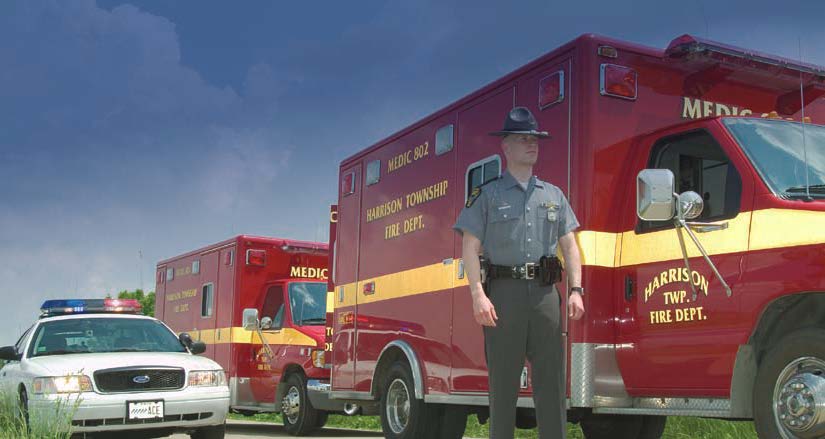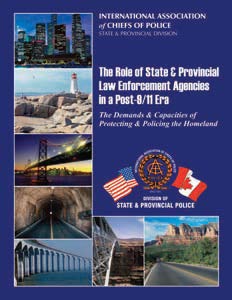
Since the terrorist attacks of September 11, 2001, the North American law enforcement community has seen extraordinary change. New homeland security practices, unprecedented partnerships, and the need for a more proactive posture in the protection of the United States and Canada compelled leaders in state and provincial law enforcement agencies to examine more closely the challenges their organizations faced as a community and how they were positioned to meet these demands.
In 2005, the IACP State and Provincial Police Division (S&P) began to develop a framework in which to conduct this examination. It established a Homeland Security Committee, comprising IACP S&P regional chairs and others, to carry out the work. State and provincial police commanders expressed a desire to identify the impact of homeland security responsibilities on their respective agencies and learn more about the tools and strategies employed by their peers. This knowledge would help form a basis for more clearly describing and defining the demands and capacities of state and provincial police agencies in protecting and policing their homeland and would help stimulate policy discussions at the highest federal levels.

The committee made several key findings. It found that a significant number of state and provincial law enforcement agencies have many special responsibilities, including government security, infrastructure protection, commercial vehicle enforcement, and intelligence fusion centers, and they are primary providers of a number of specialized police services, such as aviation, hazmat, and many others. The committee also found that beyond these specialized capabilities, state and provincial law enforcement agencies are deeply involved in a number of broader areas and are often the sole providers of the resources needed to mitigate homeland security threats. Additional case studies were then developed to represent models of success. Overall, the committee learned that state and provincial law enforcement agencies have a tremendous operational agility and that federal, state, provincial, and local governments rely heavily upon state and provincial police departments for an impressive array of services. In the face of many challenges, state and provincial law enforcement agencies are in a unique position to provide leadership and support on matters of emergency management and homeland security.


